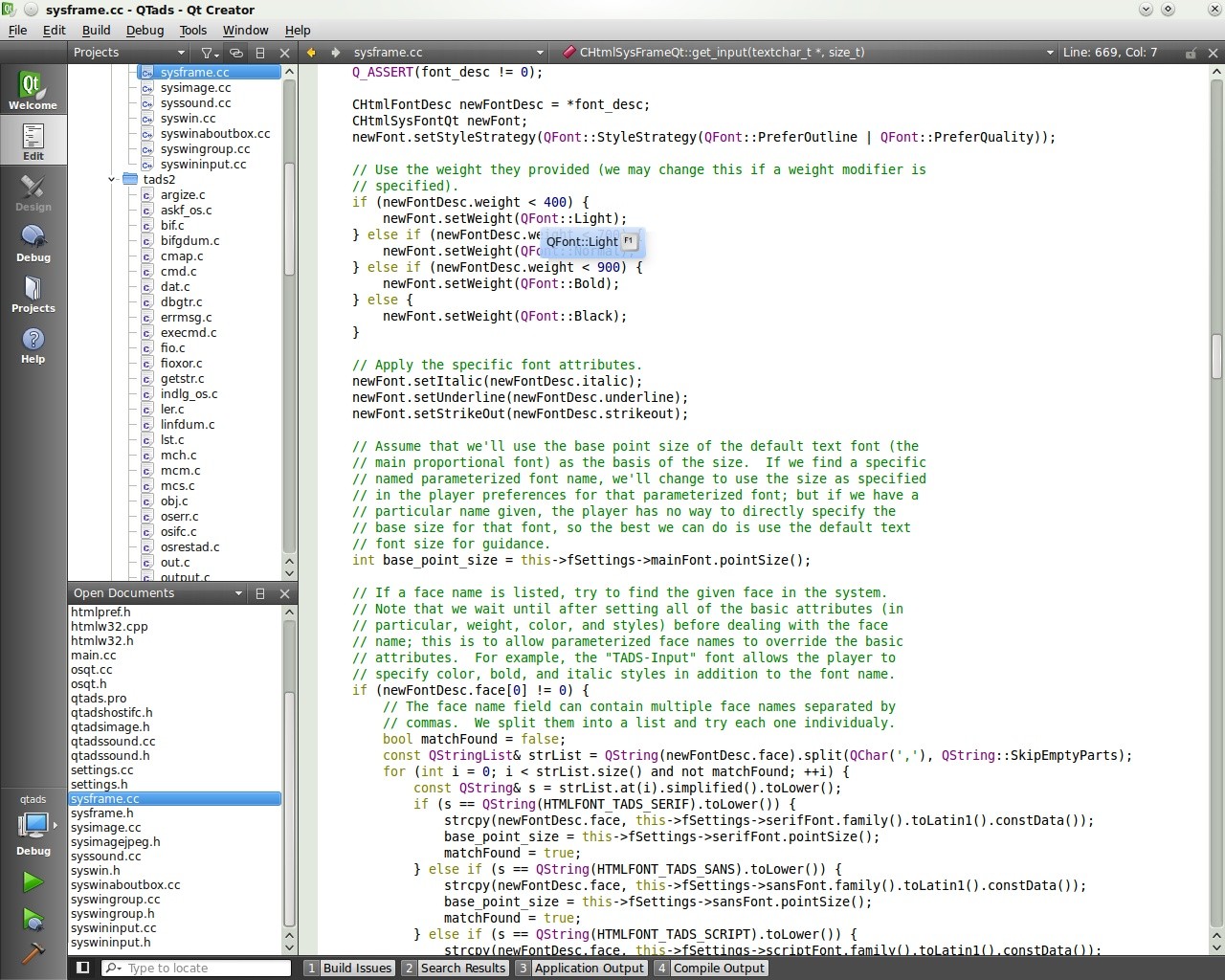

- #Qt creator latest version how to
- #Qt creator latest version install
- #Qt creator latest version Offline
For a commercial embedded product you might want to look at Yocto (3) or boot2qt (4), which may be more suitable for an embedded Linux. You will need to have Linux running on your embedded system, in this case a Raspberry Pi. There are several choices for operating systems on the Raspberry Pi. We'll assume you are running the Raspbian Linux distribution as it is the most popular and recommended Linux for the Raspberry Pi. Get a Linux Image Running on the Target System I won't go over configuring Qt Creator for native desktop development as it is covered in the documentation, and in many cases it will automatically detect your installed Qt version and compiler and be ready to go the first time you fire it up. Make sure your Qt Creator installation works for native development using a native Qt version running on your desktop, as this is a prerequisite to extending it to work for embedded development.
#Qt creator latest version Offline
There is also an offline Qt installer that includes all of the components and doesn't require any additional downloads. Of course, you can also build Qt Creator from source code.
#Qt creator latest version install
You can choose to either install Qt Creator on its own or use the online installer, which will allow you to install Qt and Qt Creator based on your selection of components. You can download precompiled versions of Qt Creator from or. A number of useful features were added in the version 4 series, so I highly recommend you use at least version 4.0.0. The latest version at the time of writing is 4.0.3, with a 4.1.0 version in beta. To begin, you need to have the Qt Creator IDE up and running on your desktop development system. Test the configuration and begin embedded development.

#Qt creator latest version how to
In our recent Qt For Beginners webinar series (2) it was suggested we present detailed instructions showing how to configure Qt Creator for a common embedded board. It's free, well documented (1), and actively developed.Ĭonfiguring Qt Creator for embedded development is sometimes a stumbling block for our Qt training students and consulting customers. It provides good support for developing for embedded systems, including cross-compiling, deploying to a target system, debugging and profiling. While it is not the only option, Qt Creator is the integrated development environment (IDE) of choice for Qt.


 0 kommentar(er)
0 kommentar(er)
